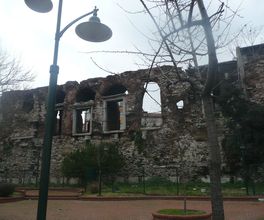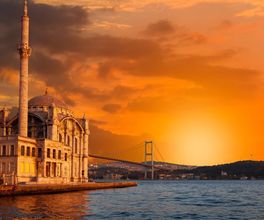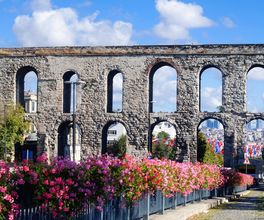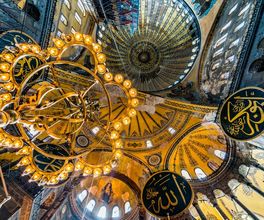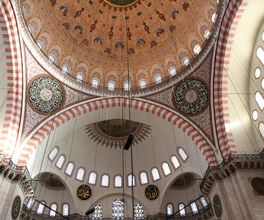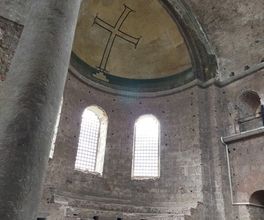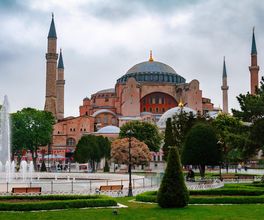




About this experience
For over a thousand years, Mese was the main artery connecting Hagia Sophia and the Golden Gate. Now it's not on the map, but it exists! It just hides under Turkish names, concealing Byzantine monuments behind Ottoman buildings and famous mosques. I will reveal these ancient places to you, telling you not only about what you will see firsthand, but also about what you would have seen here 6, 10, 15 centuries ago.
What to Expect
You will learn about the fate of the emperor from peasants who usurped power for 25 years. Let's talk about the structure of free hospitals in Constantinople, the statutes of women's monasteries, the popular hernia treatment center near the church, women's monastery statutes, the bustling trade and crime on the Mese, property prices, and the popularity of the Mese among monks. I will tell you in which church the famous Roman the Sweet Singer served as a chanter, how savvy citizens sometimes fought judicial corruption, and why deer antlers were hanging on many houses on the Mese at the end of the 12th century. And you will also discover the place where Dmitry Donskoy's granddaughter was buried.
We will take photos on a magnificent viewing platform overlooking the Bosphorus from the city's third hill—where the famous Suleymaniye Mosque now stands. We will have tea with a view of the Golden Horn and try the national drink—boza—in a 150-year-old cafe.
Program Highlights
Byzantine era monuments:
- The sacred center of Constantinople - the Column of Constantine (4th century)
- The church of the imperial palace of Myrelaion (10th century)
- The second largest surviving monument of Byzantine architecture after Hagia Sophia - the church of the Monastery of Pantokrator (12th century)
- The Column of Marcian (5th century)
- The church of the Lips Monastery (13th century)
- The church of the Monastery of the Virgin of the Sweet Hope (12th century)
- The church of Kyriotissa (6-12th centuries) The excavations of the church of St. Polyevkta (older than Hagia Sophia, 6th century) The excavations of the church of St. Euphemia (7-13th centuries) The walls of the Valenta aqueduct (4th century) The columns of the imperial kathisma at the hippodrome and the ancient column from the statue of Aphrodite (4th century)—now within the territory of the Suleymaniye Mosque
Here is what you will see through the tunnel of time:
- The location where the Lavsa Palace with a collection of authentic ancient masterpieces stood
- The location of the Antioch Palace
- The forums of Constantine and Theodosius - we will find the surviving fragments of their former splendor
- The locations of the Senate and Capitol
- The Artopolis district and places of popular urban markets
- Philadelphia Square - you will learn where its main monument is now exhibited
- The location of the Anastasia Church, where Gregory the Theologian preached
- The locations of the most ancient city baths, where John Chrysostom baptized on Easter
- The location of the Church of the Forty Martyrs - I will tell you why it is famous and why it was dismantled even in Byzantine times
- Where the mysterious city monuments - Anemodulius and Nakomarnik - were installed
- The location of the most famous city puddle where merchant carts sank
Organizational Details
- Ensure comfortable footwear for walking
- It is advisable to have an Istanbul transport map to return by tram
